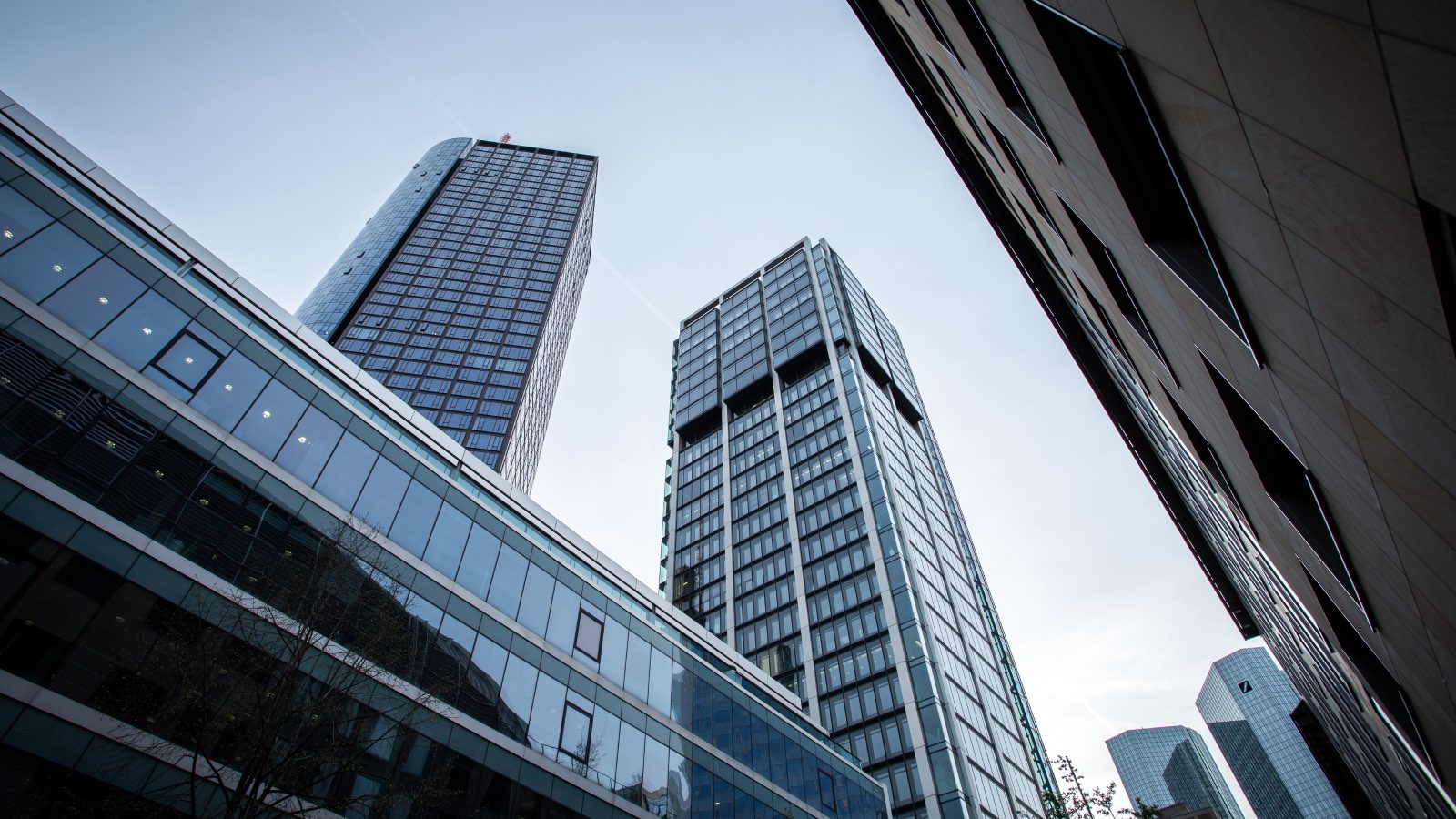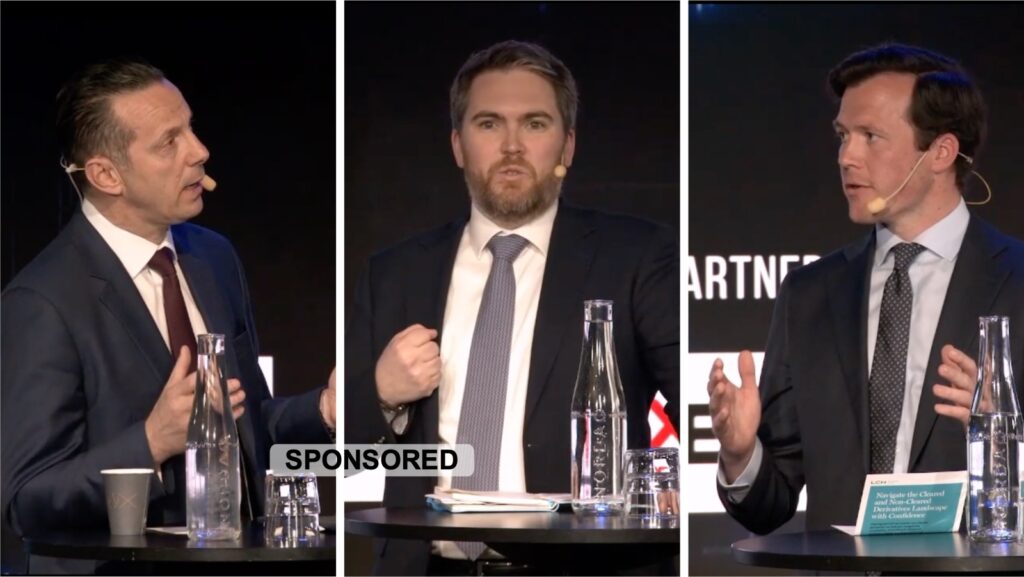VIDEO | Netting – of risk exposures, as well as of opposite-way trades that don’t need to go to the costly settlement phase – is one of the drivers behind growing interest in central counterparty clearing. An panel of LCH representatives at PostTrade 360° Stockholm on Tuesday looked into their clients’ nuances in determining what to clear or not.
This conference session was sponsored by LCH
On one level, well-managed clearing operations should be boring. The art of not producing surprises for participants is one of the most central quality parameters. In crises, such as around the Covid-19 spread or Russian Ukraine invasion, that is put to the test (though it is generally considered that clearinghouses have stood up well).
While the regulatory “uncleared margin rules” (“UMR”) have been the most visible driver behind increasing CCP clearing lately, economic assessments have contributed a lot, too. The session saw Sean Quinlan list some of these: multilateral netting including of variation margin, optimisations in relation to regulatory capital requirements at banks, as well as the possibilities to allocate assets efficiently for trade margining.
The speakers were:
Alex Krunic, Head of EquityClear, LCH Ltd,
Sean Quinlan, Strategic Relationship Director, Sales EMEA & APAC, LCH, and
James Stacey, EquityClear Commercial Services Director, LCH Ltd.
• PostTrade 360° Stockholm 2022 took place on 29–30 March. News around the event is gathered here.
• The conference info site, with detailed agenda, is here.
• Sign up here for our next conference, in Oslo on 5 May.
• By the way … are we connected on LinkedIn already, among the 2,300 post-trade pros who are? Follow us here.












